10 Adaptogenic Plants to Discover
The concept of adaptogenic plants appeared in the 1950s thanks to the work of Russian researcher and pharmacologist Nicolai Lazarev.
During his studies on plants, he noticed that some of them increased the body’s natural abilities to react and resist stress, due to the extreme conditions in which they grow (altitude, hostile climate…).
Here is our top 10 adaptogenic plants. Check out the list to fully understand their mechanisms of action.
1. Ginseng

Ginseng (Panax ginseng) is known for its root with aphrodisiac properties. But it is also an excellent adaptogenic plant. Ginseng boosts the body’s resilience to encounters and disturbances, improves vitality, and strengthens the immune system.
It is consumed in powder, pasty extract, or in capsule or vial form. You can also cook the raw roots, sliced or infused. It is advised to favor red ginseng, said to be the best of ginsengs!
2. Maca
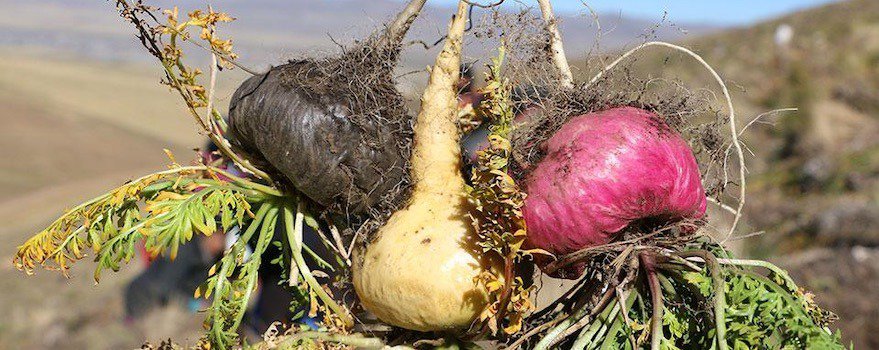
Maca (Lepidium meyenii), also known as “Peruvian ginseng,” belongs to the Brassicaceae family like cabbage, turnip, or mustard. Native to the Andes of Peru, maca is used in herbal medicine to stimulate metabolism, increase libido and fertility, and improve intellectual abilities.
In the West, maca is mainly sold in powder form. Its slightly caramelized and nutty taste makes it interesting to incorporate into desserts, pastries, hot drinks, or smoothies.
3. Rhodiola

Rhodiola (Rhodiola rosea) is a lesser-known adaptogenic plant. Yet, its effectiveness has been proven many times. This plant, which grows in cold and mountainous regions, is cultivated for its root. It helps to fight fatigue, improve cognitive faculties, and enhance physical performance.
The root of rhodiola is dried and then ground into powder before being marketed in sachets, capsules, or tablets. It is mainly consumed as a dietary supplement.
4. Cordyceps
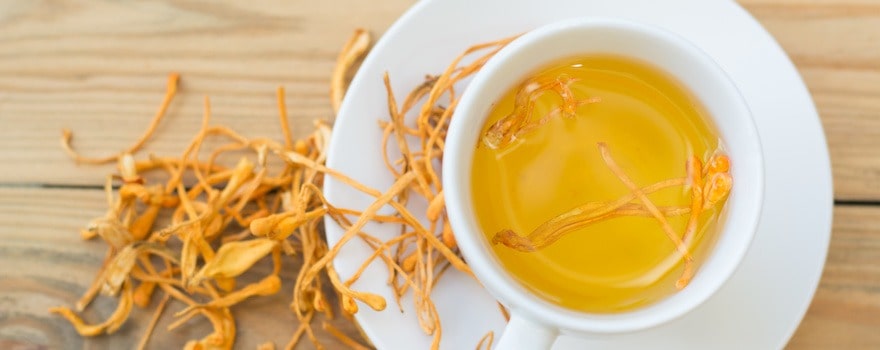
Cordyceps is one of the so-called “functional” mushrooms, meaning that beyond its nutritional qualities, it has real effects on the body. It originally grows on the high plateaus of Tibet, and Chinese medicine has been using it for over 3,000 years as a tonic and remedy for many ailments. Its development method is unique: it parasitizes the larvae of caterpillars that spend the winter underground.
It is one of the best plants to boost the body’s vitality, stimulate our defenses, and preserve our nervous balance… It is also nicknamed “the Viagra of the Himalayas” for its aphrodisiac properties.
Most often, cordyceps is consumed as a dietary supplement, in capsule or powder form, but it is also available fresh or dried, to be prepared in decoction.
5. Turmeric
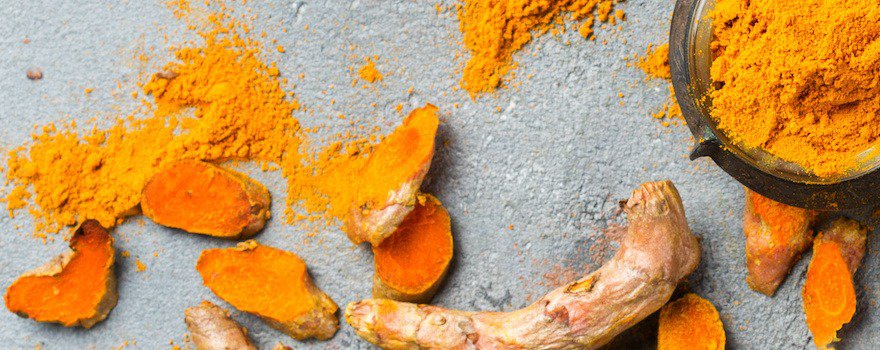
When we talk about turmeric, we refer to the spice that gives curry its color, or the rhizome (underground stem) of the plant with the same name. It is native to India and Southeast Asia, where it is considered one of the pillars of traditional medicine, Ayurveda. Its main component is curcumin, the pigment that gives it its beautiful orange color, but which is also the active principle behind its many properties.
It is an excellent natural anti-inflammatory. Its detoxifying properties also make it an ally of digestive and liver functions. Furthermore, it boosts our serotonin levels, acting like an antidepressant.
Turmeric can be consumed fresh or dried as a powder, enhancing and coloring many dishes beautifully. Added to an infusion, it blends perfectly with honey, lemon, and other adaptogenic and soothing plants like ashwagandha.
6. Eleuthero
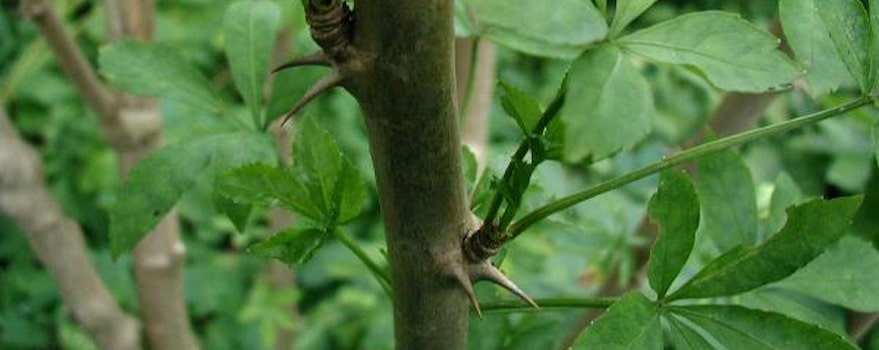
Eleuthero (Eleutherococcus senticosus) belongs to the same family as ginseng, namely the Araliaceae. However, they should not be confused because eleuthero is not of the same botanical genus. It is credited with powerful anti-fatigue and adaptogenic effects that help the body better defend against stressors. Eleuthero is also interesting for stimulating the central nervous system and regulating blood sugar levels.
Eleuthero root is generally sold in powder, capsules, or tablets. It is also possible to find dried root in herbalism, to drink as a decoction.
7. Astragalus

Scientifically named Astragalus, astragalus is a plant native to China. In traditional Chinese medicine, its root is used to tone the body, strengthen the immune system, and relieve inflammation.
In China, astragalus root is most often consumed as a decoction or even integrated into certain recipes. If dried roots are unavailable, you can opt for astragalus mother tincture.
8. Ashwagandha

Ashwagandha (Withania somnifera) is nicknamed “Indian ginseng” due to its potent aphrodisiac effects. But that isn’t its only asset. Ashwagandha is an Indian plant whose leaves and root are commonly used in Ayurvedic medicine. It helps the body manage stress, combats depression, improves cognitive functions, and has anti-inflammatory properties.
Ashwagandha can be found in powder, capsules, or fluid extract. The dried root can also be prepared as an infusion.
9. Codonopsis
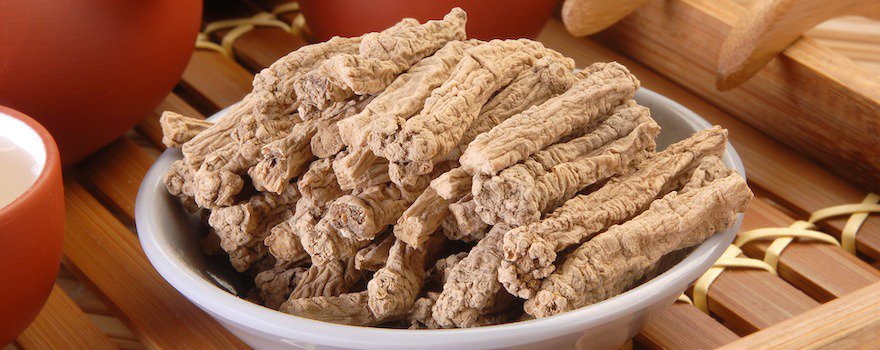
Its name may not mean much to you, but codonopsis (Codonopsis pilosula) is a particularly interesting adaptogenic plant. Despite its nickname “poor man’s ginseng,” codonopsis is a formidable plant when it comes to reducing stress and fatigue.
Codonopsis is most often found in powder, capsules, or tablets.
10. Schisandra
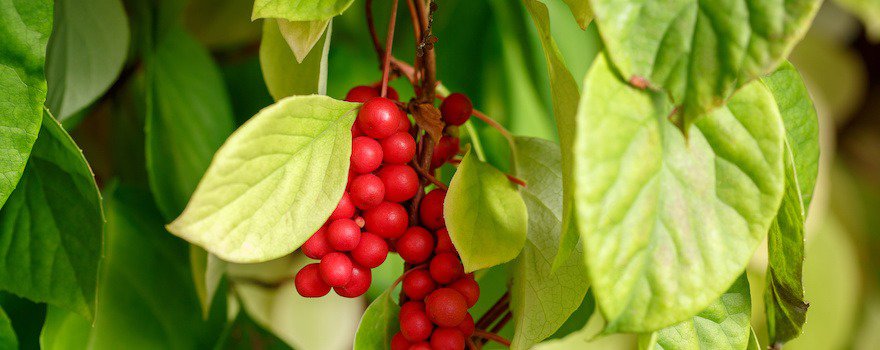
Schisandra (Schizandrae chinensis) is also a flagship plant of the Chinese pharmacopeia, cultivated for its berries. An excellent tonic, it revives energy in tired bodies, stimulates the nervous system, and alleviates respiratory, renal, and sexual disorders.
Schisandra berries are consumed dried or ground. They are then prepared as an infusion or sold as powder or capsules.
It is advisable to seek medical advice before consuming any dietary supplement.
Definition and Functions of an Adaptogenic Plant
What is an Adaptogenic Plant?
The concept of an adaptogenic plant emerged in the 1950s thanks to the work of Russian researcher and pharmacologist Nicholas Lazarev. During his studies on plants, he noticed that some of them increased the body’s natural ability to react and resist stressful situations. Adaptogenic plants were thus introduced.
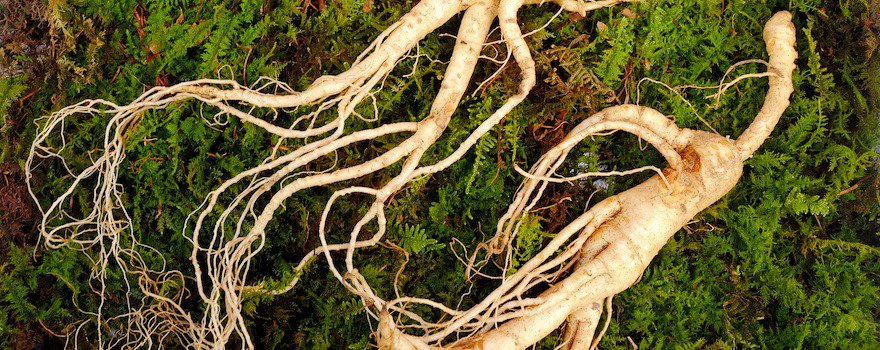
To better understand their unique functioning, research continued. In the 1960s, the work of scientist Israel Brekhman highlighted the adaptogenic nature of eleuthero, a plant of the same family as ginseng. It was discovered that an adaptogenic plant not only increases the body’s resistance to stress but also exerts a stimulating action.
While the concept of “adaptogen” is relatively recent in the West, it has existed for thousands of years in traditional Chinese medicine. Adaptogenic plants are grouped there under the term “superior tonics.”
This also explains the presence of many Chinese plants (and Chinese mushrooms) among the adaptogenic plants.
At the root of their properties, one thinks of the extreme climatic and environmental conditions to which they had to adapt to develop: cold, drought, altitude, darkness underground…
Now defined, let’s take a closer look at the functioning of these plants. How do they work and what processes do they implement to support the body?
How do adaptogenic plants work?
The work of Nicolaï Lazarev, Israel Brekhman, and the 60 years of research that followed have allowed us to characterize the action of an adaptogenic plant. We now know precisely how it acts on the body and understand its various functional processes.
On one hand, an adaptogenic plant increases the body’s resistance to the various kinds of stress it may encounter: physical, psychological, acute, or chronic stress. To do this, it supports and activates adrenal functions.
The adrenal glands, located above the kidneys, are notably responsible for secreting cortisol. This hormone, although harmful when in excess, is released in case of stress or danger to help the body overcome the situation. By stimulating cortisol production, adaptogenic plants thus encourage the body to adapt.

To improve the body’s resistance to stress, the adaptogenic plant also exerts other actions. Thus, it:
- enhances oxygen delivery to promote cellular respiration
- promotes the elimination of toxins that clog and weaken the body
- helps maintain homeostasis, that is, the body’s internal balance, whatever the situation
Finally, adaptogenic plants also have the ability to increase vitality and energy of the body. Eleuthero (Eleutherococcus senticosus) and rhodiola (Rhodiola rosea), for example, are renowned for enhancing athletic performance. Adaptogenic plants have many benefits in the context of sports practice. They:
- increase the body’s adaptability to effort and fatigue
- act as muscle restorers
- improve the use of energy by cells
If adaptogenic plants are capable of stimulating the body, they can also slow it down to restore internal balance. Indeed, in cases of stress and nervousness, adrenaline is released. This hormone is essential to the human body but also has negative effects when it is in excess. Too much adrenaline production can cause muscle aches, headaches, sleep disorders…
Adaptogenic plants will then have a balancing effect to regulate the body, calm, and soothe it.



